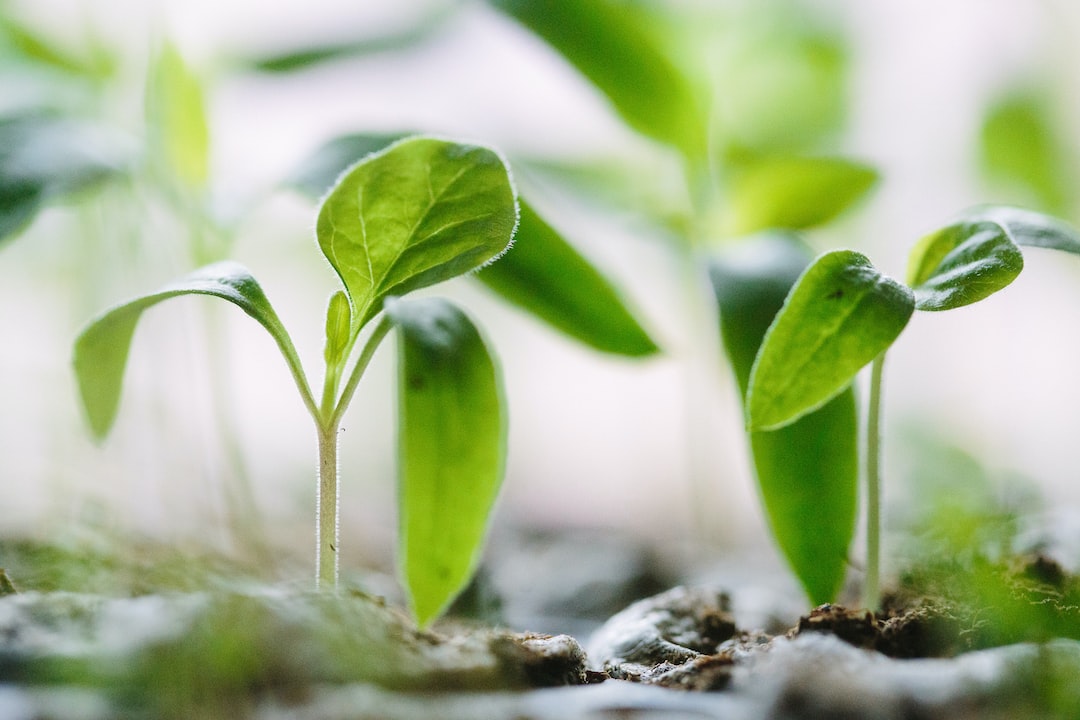The Anatomy of a Successful Garden: Key Elements for Thriving Plants
A thriving garden is a thing of beauty and a testament to the dedication and care of its gardener. But what is the secret behind a successful garden? Is it simply a matter of luck? Or is there a science to it? In this blog post, we will explore the key elements that are essential for creating a garden that thrives.
1. Location, location, location
Just like in real estate, location plays a vital role in gardening. Most plants require a minimum of six hours of direct sunlight each day. Therefore, it is essential to choose a location in your garden that provides adequate sunlight for your plants to grow. Pay attention to the layout and orientation of your garden to ensure optimal exposure to the sun.
2. Soil quality
Good soil is the foundation of a successful garden. It should be well-drained, rich in nutrients, and have a balanced pH level. Conduct a soil test to determine its composition and any amendments you may need to make. Adding organic matter such as compost or well-rotted manure can greatly improve the fertility and structure of the soil, allowing plants to thrive.
3. Watering and irrigation
Plants need water to grow, but finding the right balance is key. Overwatering can lead to root rot and other diseases, while underwatering can cause wilting and stunted growth. Different plants have varying water requirements, so it is important to research and understand the needs of your specific plants. Water deeply and infrequently, rather than shallowly and frequently, to encourage plants to develop deep root systems.
4. Proper plant selection
Choosing the right plants for your garden is crucial to its success. Consider the climate, soil conditions, and available sunlight when selecting plants. Native plants are often a good choice as they are better adapted to the local environment. Additionally, selecting plants that thrive in the same conditions will help create a harmonious and cohesive garden.
5. Regular maintenance
A successful garden requires regular maintenance to ensure its continued health and growth. Regularly inspect your plants for any signs of pests, diseases, or nutrient deficiencies. Prune and trim as needed to promote healthy growth and shape. Weeding is also an essential task to prevent unwanted competition for resources. Additionally, mulching can help retain moisture, suppress weeds, and regulate soil temperature.
6. Pests and diseases management
Despite our best efforts, pests and diseases can still pose a threat to our plants. It is important to be vigilant and take proactive measures to prevent and control infestations. Encourage beneficial insects such as ladybugs and lacewings that feed on pests, and consider using organic pest control methods. If a plant does become affected, act promptly to minimize the spread and damage caused by pests and diseases.
7. Nutrient management
Plants require a balanced supply of essential nutrients to thrive. Organic matter, such as compost, can be a valuable source of nutrients. Additionally, fertilizers can be used to supplement the soil with essential nutrients that may be lacking. However, it is important to apply fertilizers judiciously to avoid overfertilization, which can harm plants and contribute to environmental pollution.
In conclusion, a successful garden is a result of careful planning, attention to detail, and ongoing maintenance. By considering factors such as location, soil quality, plant selection, watering, and nutrient management, you can create an environment where your plants will not only survive but thrive. So roll up your sleeves, put on your gardening gloves, and get ready to nurture your green oasis into a thriving paradise. Happy gardening!

